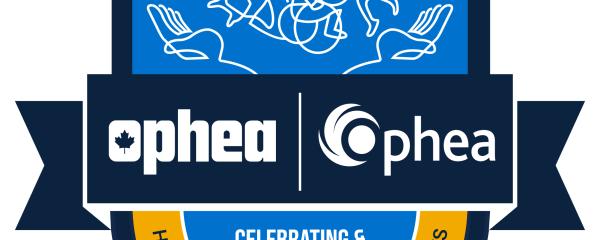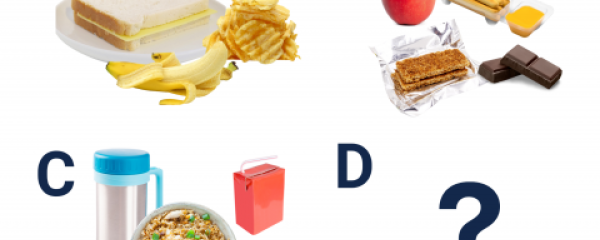What is it all about?
Students create a Choice Board (Consult Teaching Strategy Descriptions) by collectively brainstorming positive and negative experiences they currently face with regards to healthy eating decisions. They use these “mini scenarios” to explore common issues, concerns, and challenges that require messaging and can support students in making connections between their understanding of healthy eating requirements and their personal lives. Students demonstrate their understanding through an original artistic performance. This activity may be used at the outset, during, or at the end of a unit of learning.
Curriculum Connections
Grade 12: C2.1, C3.1
How is it done?
- Create and provide students with a template to complete individually or co-construct a template with students that reflects their needs and interests. For example, identify the “healthy” or “unhealthy” food choices you currently make in the following situations:
- Breakfast
- Lunch
- Dinner
- Before or after sports practice
- When under stress
- When watching TV
- During holidays
- When out with friends
- By yourself
- Other (identify/list)
- Students create individual charts, then work in small groups to collaborate and identify their common issues, concerns, and challenges.
- Groups post their collective responses using the same chart format to create the final Choice Board from which their group will work.
- Using the final Choice Board, groups choose one issue, concern, or challenge to address based on the group’s interests and understanding of the issues related to healthy eating and the decisions required to support a healthy diet.
- Groups use the Choice Board to identify one or more common themes among their identified issues, concerns, and challenges.
- Groups create a performance piece that demonstrates a personal ritual that could be used in a positive way by other youth to overcome the identified issue, concern, or challenge. The personal ritual should focus on a way that individuals may continue to make Healthy Eating decisions as they become more independent in their lives.
- Have students perform for the class or record their work to share with their peers or another chosen audience.
- Facilitate a group debriefing session. Have students reflect on what they learned, their and others’ reaction to the work of their peers, and what the group as a whole can take away from the activity to support the well-being of both self and others.
What may be needed?
- Choice Board template
- Chart paper and markers
- Time and space to complete the requirements of the lesson and to create the performance pieces
Opportunities for assessment
- Observe small group conversations to assess students’ application of critical thinking and interpersonal skills.
- Use groups’ analysis skills in finding themes and making connections to post-secondary life to assess students’ understanding of healthy eating requirements and of how maintaining a healthy diet as a factor that influences youth health and healthy decision making.
- Have students complete a self-assessment of their ability to use their problem solving, decision making, conflict resolution, and communication skills to respond to situations related to healthy living concepts.
Ideas for Extension
Have students develop a personal list of “go-to one liners” (for example, slogans, mottos, mantras, positive self-talk statements) that reflects their groups’ theme and incorporate it into their performance piece.
Educator notes
- Encourage students to observe for non-verbal cues (for example, posture, tone of voice) during the group collaboration phase.
- Encourage students to reflect on why people may not always choose the best course of action (for example, maintain unhealthy eating habits, make poor dietary choices, succumb to peer pressure).
- Encourage students to reflect on their own boundaries and how they may apply new skills to their own lives.
- Moderate the post-performance discussion, ensuring class feedback remains constructive, correcting any misinformation presented in the scenarios, answering any questions that may arise, and referring to relevant resources as needed.
- Acknowledge humour as a useful tool for strengthening memory, building confidence, and increasing self-efficacy that also helps to combat stigma and diffuse awkwardness.



